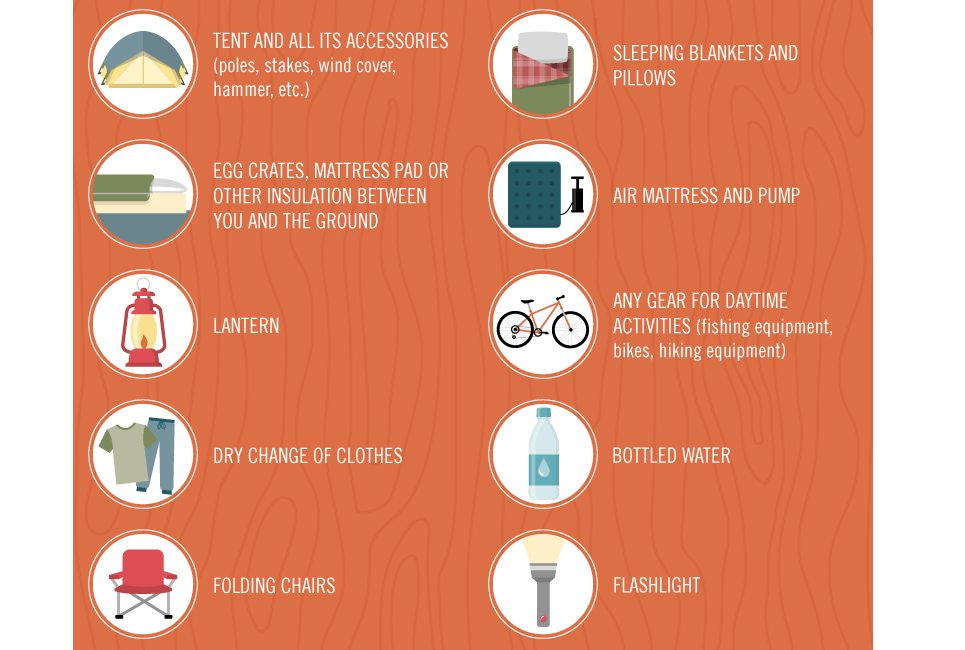While both offer toughness in different atmospheres, it's important to establish which kind of insulation will finest offer your requirements. The insulation you choose effects heat, weight, water resistance, compressibility and cost.
Down is gathered from waterfowl, usually ducks or geese. It is treasured for its lightness, easy compression and insulating homes. Nonetheless, down comes to be less effective when wet.
Warmth-to-Weight
A high warmth-to-weight ratio is desired in outdoor clothing and equipment. The shielding residential or commercial properties of down feathers make them a great choice for this purpose, as they are very cozy and light-weight.
Nonetheless, down loses its shielding abilities when it splashes, implying it requires to be coupled with a water-proof covering. In addition, some individuals are allergic to down, making synthetic coats a better alternative for them.
Artificial insulations are commonly made from recycled polyester and designed to resemble down's shielding buildings. They are not as light-weight as down, however they do not lose their insulating capabilities when they splash and completely dry faster than down. They are likewise much more budget-friendly than down. Nevertheless, their life expectancy is shorter than down, resulting in higher maintenance and replacement prices.
Water Resistance
The insulation you pick for your job jacket will certainly make a big distinction in just how comfy you really feel outdoors. Nevertheless, the kind of insulation you choose also has substantial ramifications for your sustainability objectives.
Down is an outstanding insulator for a number of factors. It's light-weight, compressible, and provides a great warmth-to-weight ratio. Nonetheless, it does not prosper when it gets wet. Down clumps up and sheds its loft space when wet, which can substantially decrease its ability to trap heat.
Artificial insulation products, such as Thinsulate and Primaloft, stand up better versus damp problems. They typically have a limited weave or chemical coating that keeps water from permeating the material. This enables the insulation to remain breathable, even if damp. It's worth keeping in canvas backpack mind that synthetics can likewise be uneasy when damp, but they preserve their insulating residential or commercial properties.
Compressibility
While goose down does have a premium warmth-to-weight ratio, synthetic insulation does similarly. However, unlike down which soaks up and sheds its shielding abilities when damp, artificial insulation does not. Consequently, it can maintain its loft and catch warm air in wet problems.
Generally produced from polyester sheets or collections that imitate down, one of the most common synthetic insulation brand names consist of PrimaLoft, FullRange, Thermoball and Patagonia's PlumaFill. While it still can't match down's loftiness and warmth-to-weight, artificial coats are lightweight, quick to dry and less costly than down. This makes synthetic coats perfect for damp environments, or if you're prone to sweating greatly. Artificial jackets are likewise much less fragile than down and can take a beating. This resilience reaches their face textiles which are typically thicker and a lot more sturdy than down.
Resilience
A significant consideration in sustainability is a product's longevity and sturdiness. Natural products like cork, ThermaCork increased cork and Havelock wool last longer than synthetic alternatives like fiberglass and plastic. They also need much less maintenance and can withstand harsh environmental problems.
Nevertheless, all-natural insulation does not do also when damp as artificial choices. Woollen and fleece clump together when damp, endangering their ability to trap warmth. Artificial insulation, on the other hand, does not take in moisture and remains to insulate also when soaked.
This makes synthetic insulation ideal for wet environments and difficult activities where you could sweat heavily. It's likewise much easier to wash and dries faster than down. This included toughness and dependability make synthetic insulation a total winner in this category. This converts to sturdy shielded job boots that last lengthy and maintain you warm up through demanding atmospheres.
Sustainability
All-natural products offer biodegradability and a smaller environmental footprint, while synthetic choices boast durability and innovative applications that sustain power efficiency. However, it is necessary to understand the true environmental impact of these insulation products from cradle-to-grave.
As an example, if an all-natural insulation product has to take a trip a long distance from its source to the building site, transportation-related emissions raise its total carbon impact. Selecting locally sourced and recycled items minimizes that effect. And, choosing GREENGUARD and Cradle to Cradle certifications ensures that insulation is free of unpredictable natural compounds (VOCs) and supports responsible sourcing and labor conditions.
Lamb's woollen and cork are sustainable insulation sources that are collected without hurting the tree or plant. Both have actually the added benefit of being naturally resistant to mold, pests and moisture.
